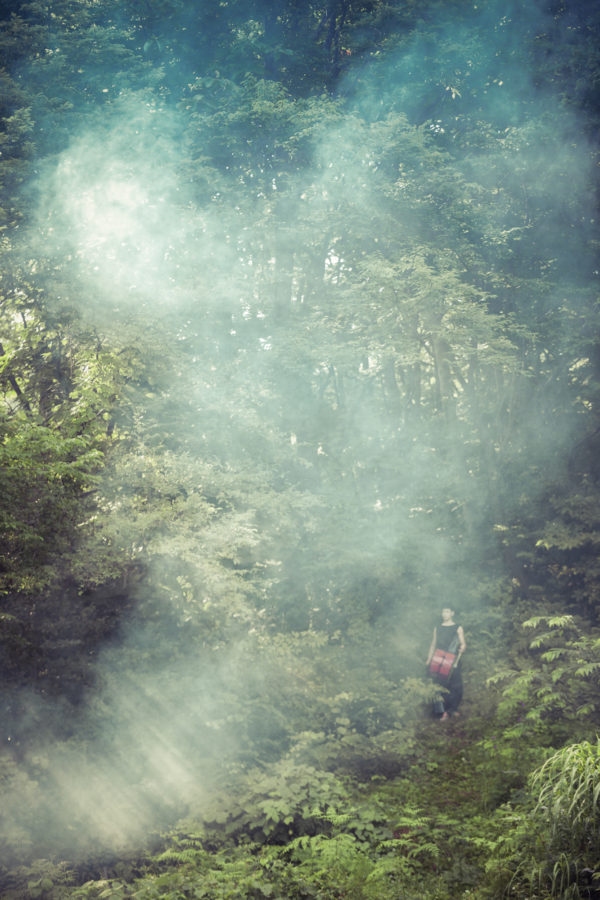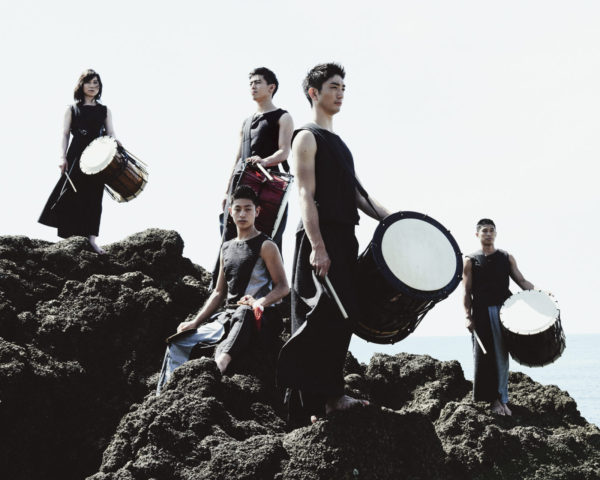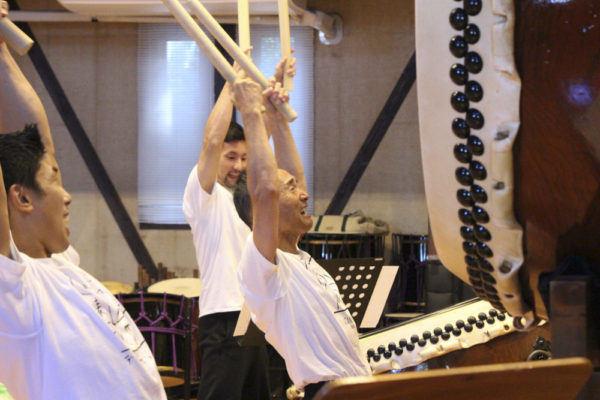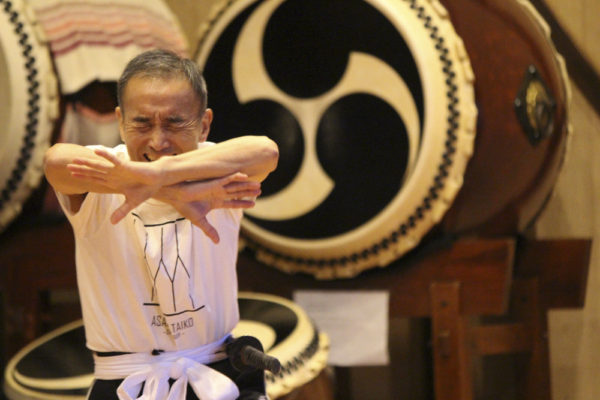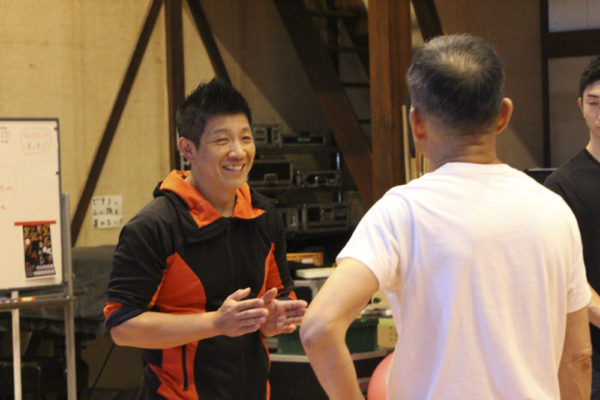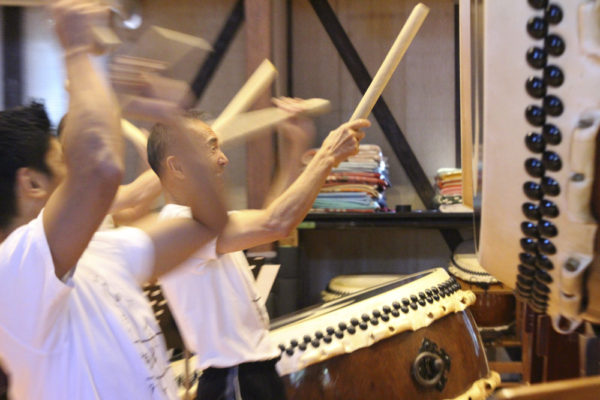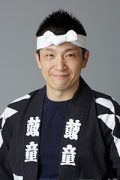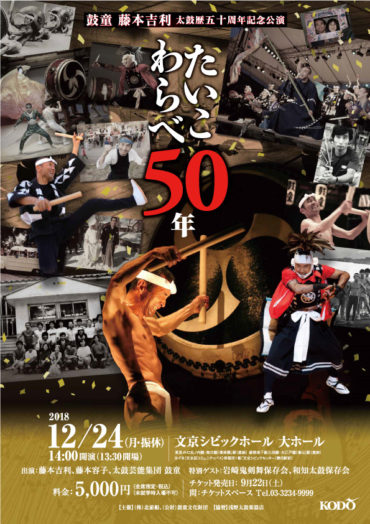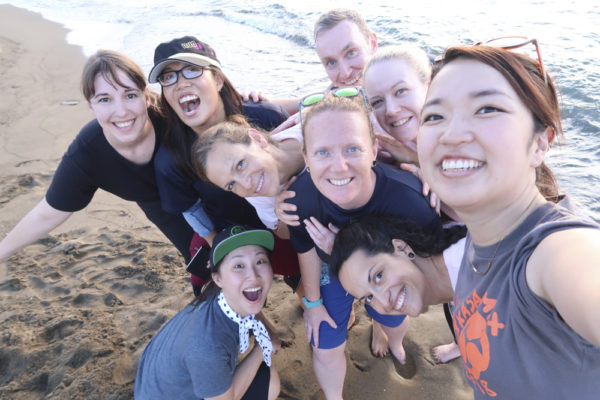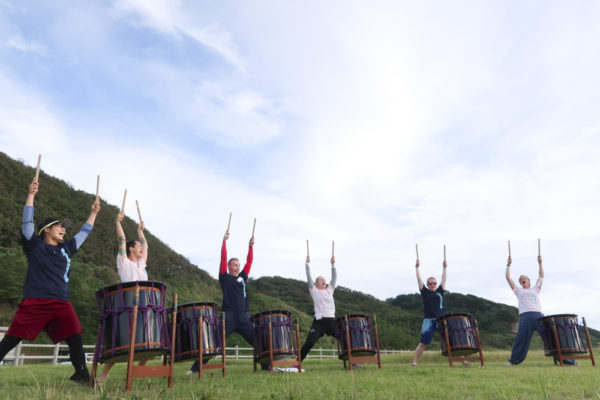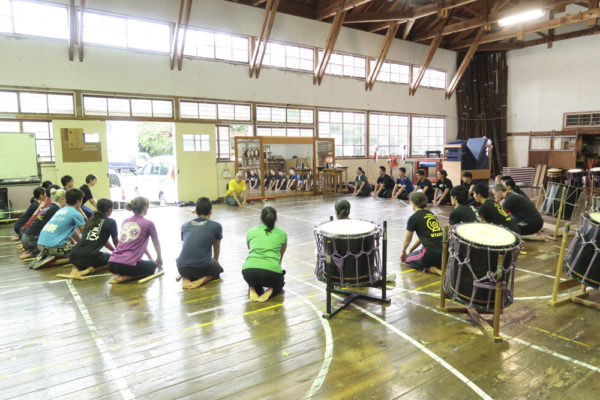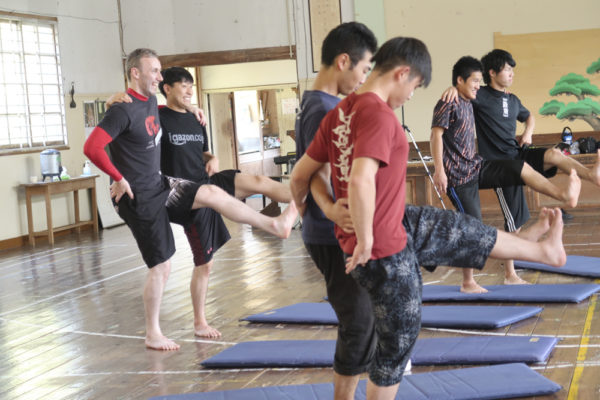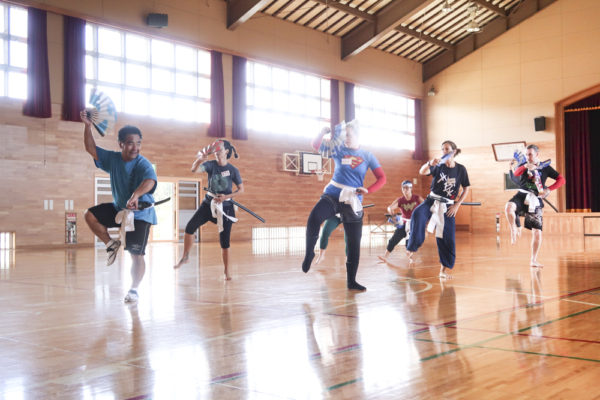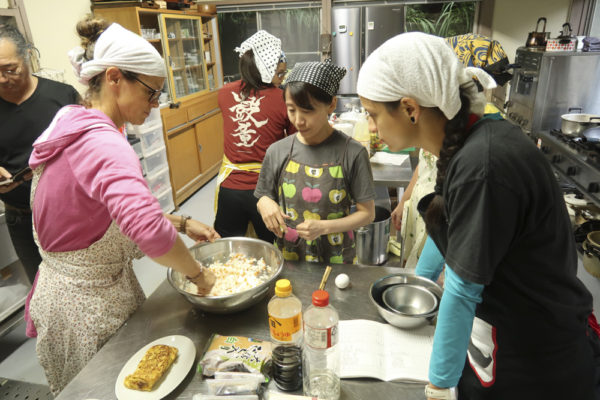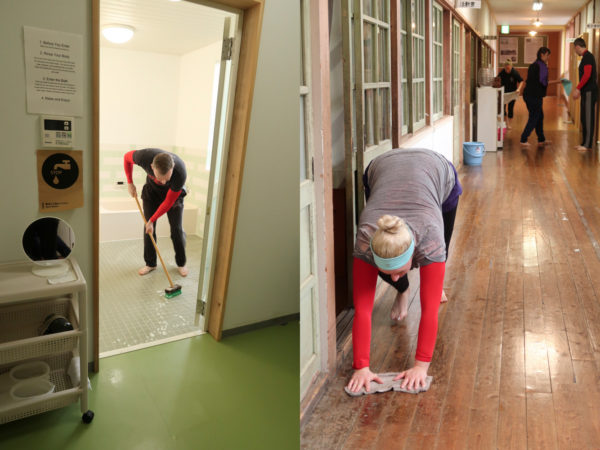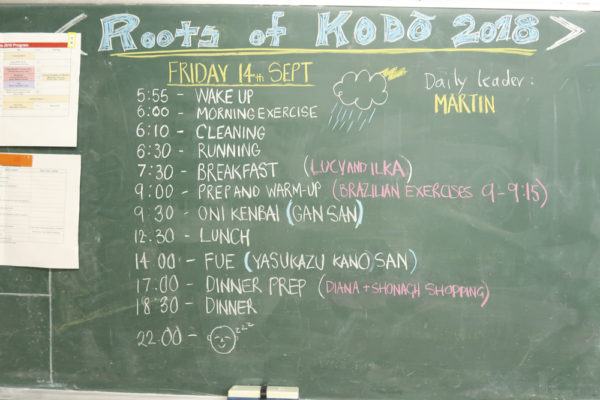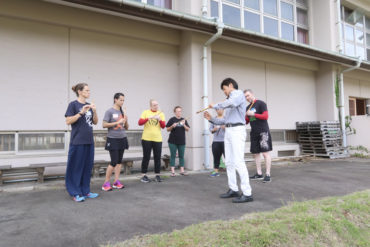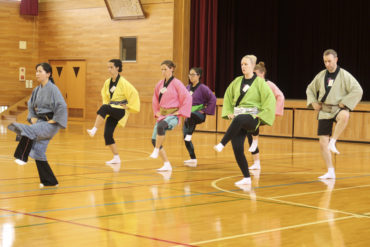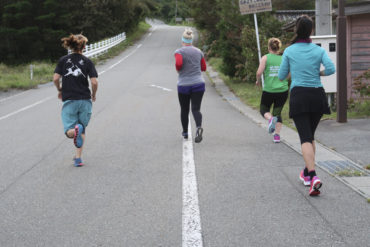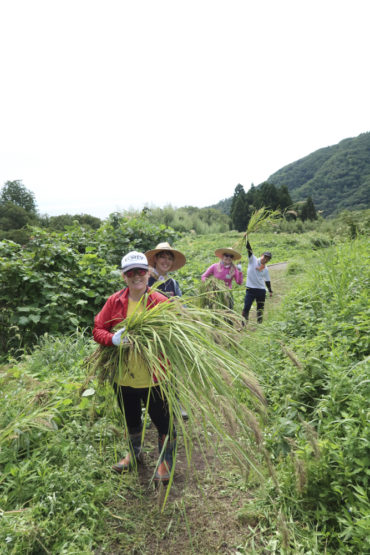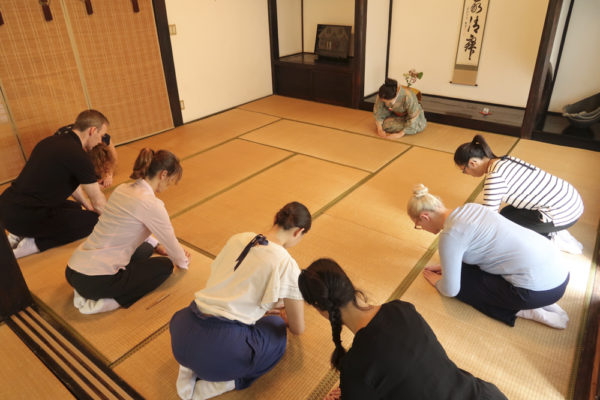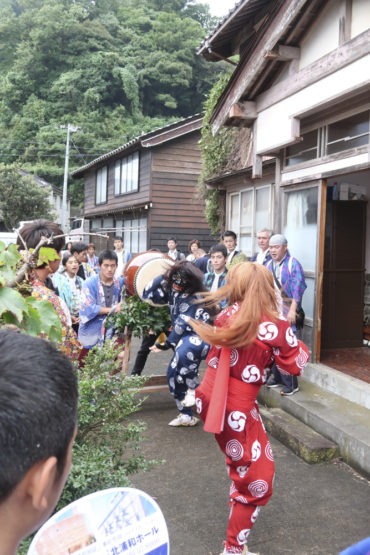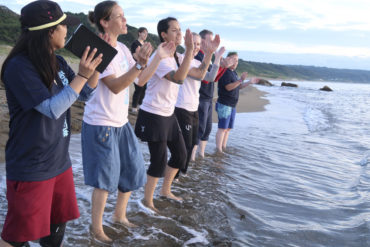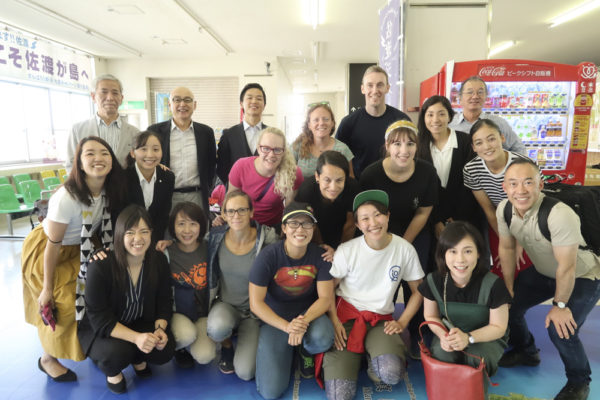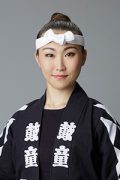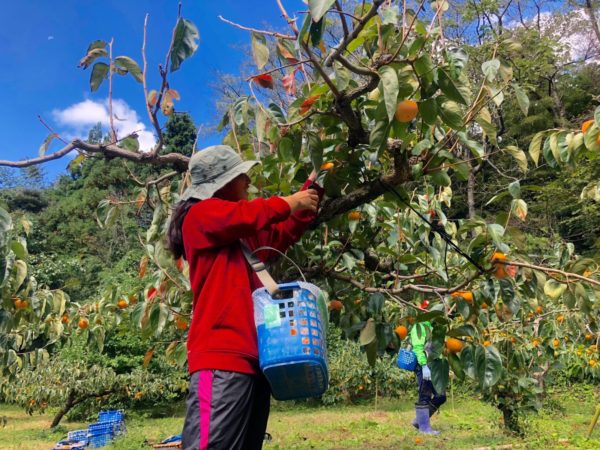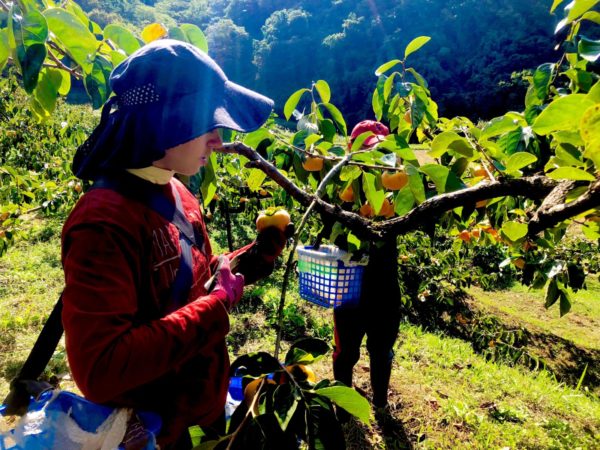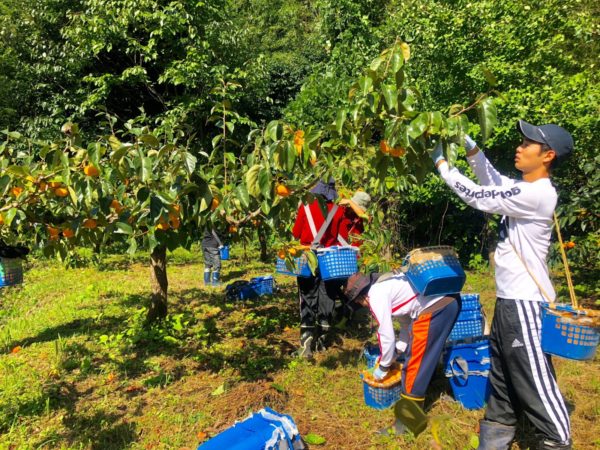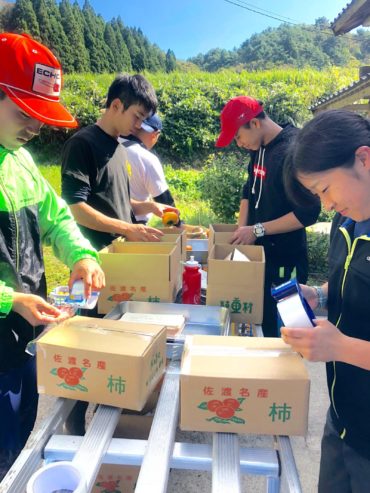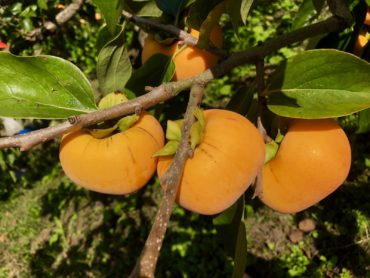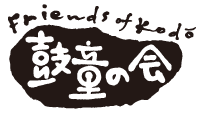[Kodo MEGURU] “Miyake” by Kenta Nakagome
Naturally, I have a real soft spot for playing O-daiko (the big drum).
But recently, I realized that Miyake (Miyake Taiko) is also very important to me.
Back when I had just become a Kodo member, I made it on to my first big tour because I was given the chance to play Miyake. For a time back then, all I played was Miyake and I didn’t practice anything else, which meant I didn’t get to perform much else.
Perhaps I realized that when I was playing a Miyake solo, I could let myself “explode,” let myself go wild.
When I was new to the group and couldn’t do anything well, Tomohiro [Mitome] and Yosuke [Oda] used Miyake as a tool to open my eyes.
Later on, there was a time when I felt a sense of failure, and wasn’t sure which way to turn. Kazu (Kazuhiro Tsumura) from Miyake-jima Geino Doshikai, who was in the same Kodo apprentice cohort as I, said “Come on, let’s play Miyake together.” And with that invitation, I went to see the Tsumura family. While I was there, drumming like crazy, I started to feel better, and more and more positive.
I also felt reawakened by the Tsumuras’ explosive sound.
Anytime I am not feeling good physically, playing Miyake makes me feel better again.
And anytime something new is about to begin, the chance for me to play Miyake seems to arise out of nowhere.
I heard Yuta [Sumiyoshi] was going to direct a production for the first time. He said to me , “Let’s do something together,” and he asked me to arrange and play a new arrangement of Miyake. That arrangement became a whole new piece, Saien, which we created as our own take on Miyake.
When I look back on my journey, taiko has trained me and guided me to where I am today.
I feel fresh and new as we create this brand new work, “MEGURU,” but at the same time I can feel Miyake on my mind and in my bones.
Photos: Takashi Okamoto, Heday Masuda, Erika Ueda
Schedules
- Nov 3 (Sat), 2018 Mitoyo-shi Bunka Kaikan Marine Wave, Mitoyo, Kagawa
- Nov 4 (Sun), 2018 Matsuyama City Community Center Bunka Hall, Matsuyama, Ehime
- Nov 7 (Wed), 2018 Kochi City Culture Plaza Cul-Port, Kochi City
- Nov 9 (Fri), 2018 Aster Plaza Main Hall, Hiroshima City
- Nov 10 (Sat), 2018 Kikukawa Community Hall (Avenir), Shimonoseki, Yamaguchi
- Nov 13 (Tue), 2018 Kurashiki Geibunkan, Kurashiki, Okayama
- Nov 15 (Thu), 2018 Tottori Shimin Kaikan, Tottori City
- Nov 17 (Sat), 2018 Sinfonia Iwakuni, Iwakuni, Yamaguchi
- Nov 21 (Wed), 2018 – Nov 22 (Thu), 2018 Morinomiya Piloti Hall, Osaka City
- Nov 23 (Fri), 2018 – Nov 24 (Sat), 2018 Biwako Hall Center for the Performing Arts Shiga Theatre Hall, Otsu, Shiga
- Nov 27 (Tue), 2018 Kariya Cultural Center, Kariya, Aichi
- Nov 28 (Wed), 2018 Valor Cultural Hall (Tajimi City Cultural Hall), Tajimi, Gifu
- Nov 30 (Fri), 2018 Niigata Prefectural Civic Center, Niigata City
- Dec 1 (Sat), 2018 Nagano City Arts Center Main Hall, Nagano City
- Dec 7 (Fri), 2018 Funabashi Shimin Bunka Hall, Funabashi, Chiba
- Dec 8 (Sat), 2018 Chigasaki Shimin Bunka Kaikan, Chigasaki, Kanagawa
- Dec 9 (Sun), 2018 Kumagaya Bunka Sozo-kan Sakuramate, Kumagaya, Saitama
- Dec 11 (Tue), 2018 Kanagawa Kenmin Hall, Yokohama, Kanagawa
- Dec 13 (Thu), 2018 Fujimi Shimin Bunka Kaikan (Kirari Fujimi), Fujimi, Saitama
- Dec 15 (Sat), 2018 Chofu-shi Green Hall (Large Hall), Chofu, Tokyo
- Dec 16 (Sun), 2018 Fussa Shimin Kaikan Main Hall (Mokusei Hall), Fussa, Tokyo
- Dec 19 (Wed), 2018 – Dec 23 (Sun), 2018 Bunkyo Civic Hall (Main Hall), Bunkyo Ward, Tokyo

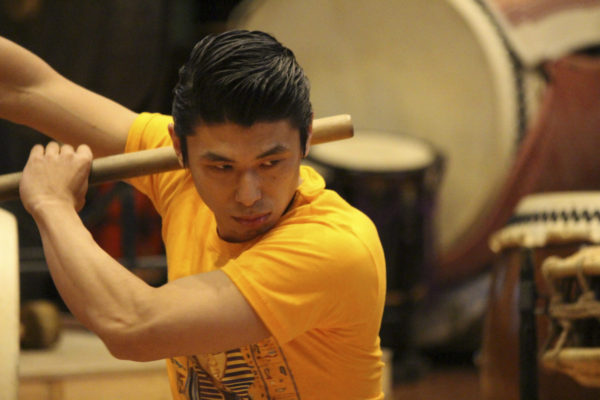
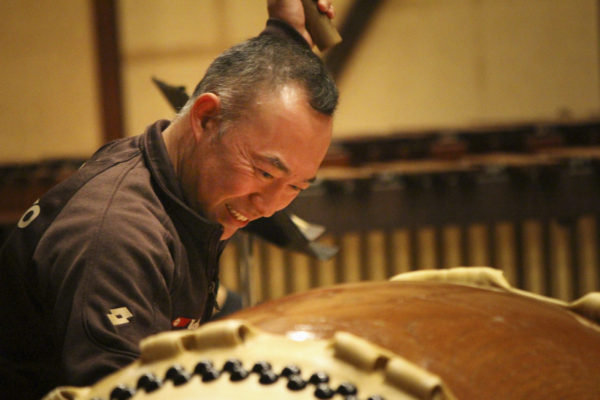
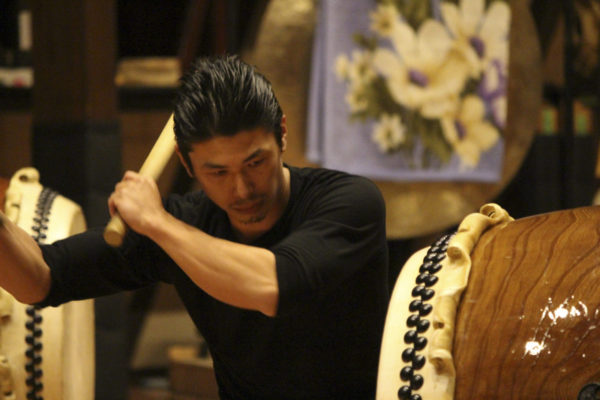
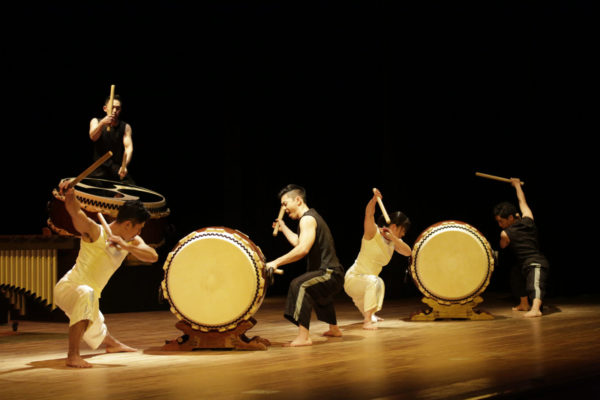
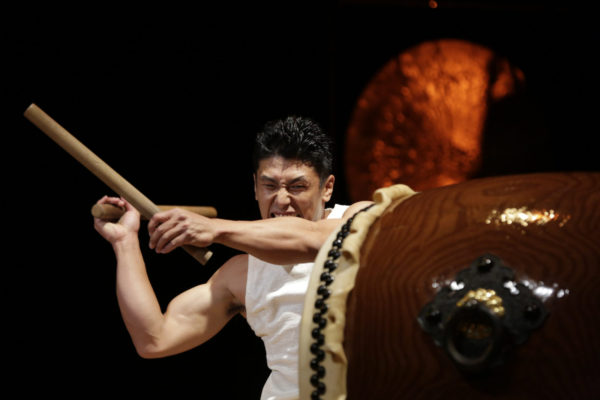
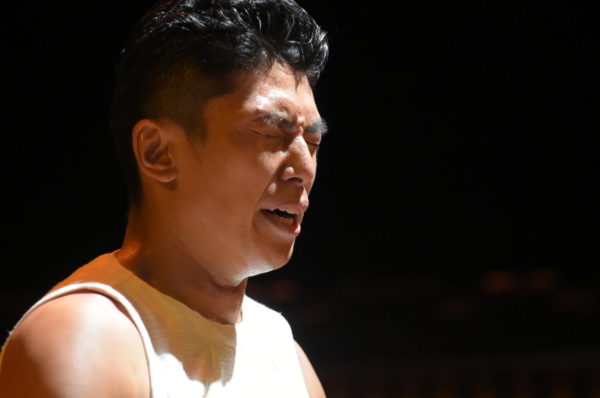
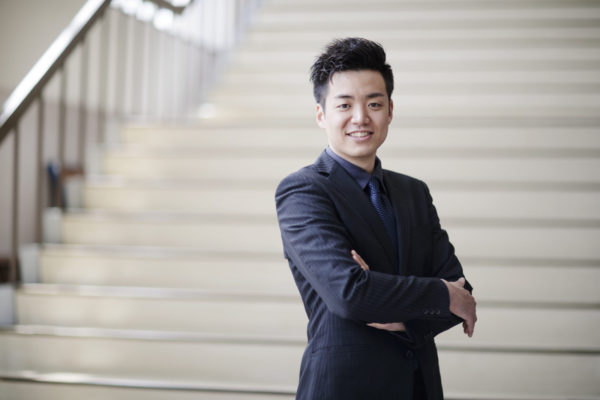 I am so happy to share Kodo’s new production “MEGURU” with audiences throughout Japan this month and next.
I am so happy to share Kodo’s new production “MEGURU” with audiences throughout Japan this month and next.